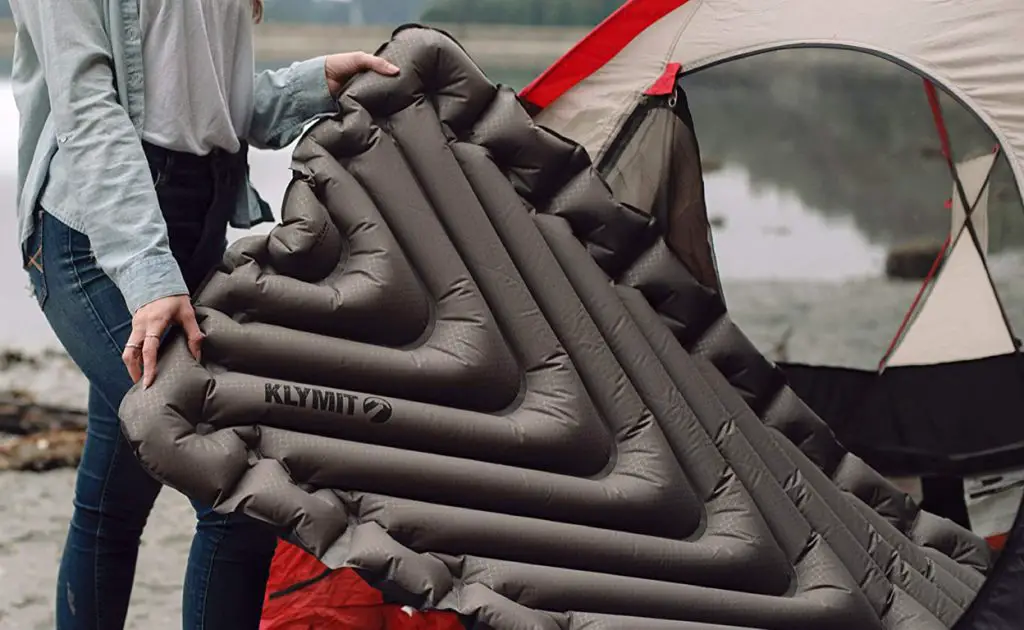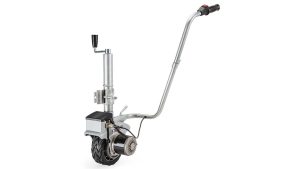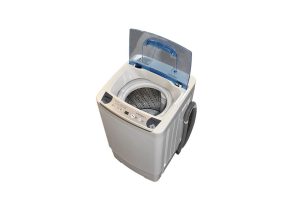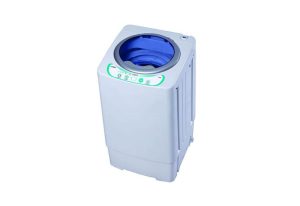Choosing the right type of mattress is crucial for a comfortable and restful night’s sleep during camping trips. The right camping mattress should provide adequate support, insulation, and portability. With various options available in the market, it can be challenging to determine the best type of mattress for your camping needs. In this article, we will explore different types of camping mattresses and discuss their pros and cons, helping you make an informed decision and find the best mattress for your outdoor adventures.
Foam Mattresses
Foam mattresses are a popular choice among campers due to their comfort, affordability, and insulation properties. They are typically made of closed-cell or open-cell foam. Here are some key considerations:
Closed-Cell Foam Mattresses
Closed-cell foam mattresses are lightweight, durable, and provide excellent insulation from the cold ground. They are resistant to punctures and moisture, making them suitable for rugged camping conditions. However, they tend to be thinner and less cushioned compared to other options.
Open-Cell Foam Mattresses
Open-cell foam mattresses offer superior comfort and cushioning. They provide better insulation and are thicker compared to closed-cell foam mattresses. However, open-cell foam is more susceptible to moisture absorption and may take longer to dry if it gets wet.
Air Mattresses
Air mattresses are inflatable mattresses that offer adjustable firmness levels, making them customizable to individual preferences. Consider the following points:
Comfort
Air mattresses provide excellent comfort, allowing you to adjust the firmness according to your preference. Some models even have separate inflation chambers for different parts of the body, enhancing comfort and support.
Insulation
While air mattresses can provide some insulation, they are generally less effective at insulating from the cold ground compared to foam mattresses. To enhance insulation, consider placing an insulating layer, such as a foam pad, between the air mattress and the ground.
Inflation and Portability
Air mattresses require inflation, usually through a manual or electric pump. They can be bulky when fully inflated, making them less portable and more suitable for car camping or situations where weight is not a significant concern.
Self-Inflating Mattresses
Self-inflating mattresses combine the benefits of foam and air mattresses, offering convenience and comfort. They typically consist of a foam core that expands when the valve is opened, drawing in air to inflate the mattress automatically. Consider the following aspects:
Comfort and Insulation
Self-inflating mattresses provide a good balance between comfort and insulation. The foam core offers cushioning and support, while the air-filled sections enhance insulation and adjustability.
Inflation and Deflation
Self-inflating mattresses are convenient to set up and deflate. They require minimal effort for inflation and can be quickly rolled up and compressed for storage and transportation.
Durability
The durability of self-inflating mattresses depends on the quality of the materials used. Look for models with reinforced seams and a robust construction to ensure longevity.
Sleeping Pads
Sleeping pads, also known as camping pads or backpacking pads, are lightweight and compact options designed for backpackers or those with limited space. Consider the following factors:
Portability
Sleeping pads are highly portable due to their lightweight and compact design. They can be easily strapped to a backpack or stored in a small space.
Thickness and Cushioning
Sleeping pads tend to be thinner and provide minimal cushioning compared to other types of mattresses. While they offer some insulation from the ground, they may not be as comfortable as foam or air mattresses for individuals who require more support.
Inflation
Sleeping pads typically do not require inflation. They can be unrolled and laid directly on the ground, ready for use.
Conclusion
Choosing the best type of mattress for camping depends on your personal preferences, camping conditions, and desired level of comfort. Foam mattresses provide affordability, insulation, and durability. Air mattresses offer customizable firmness levels but may require additional insulation. Self-inflating mattresses combine convenience, comfort, and insulation. Sleeping pads are highly portable but provide minimal cushioning. Consider your specific needs and prioritize factors such as comfort, insulation, portability, and durability to find the perfect camping mattress that ensures a restful and enjoyable outdoor sleeping experience.








